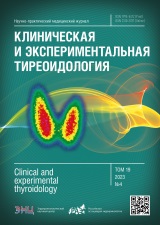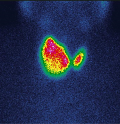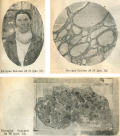
Vol 19, No 4 (2023)
View or download the full issue
PDF (Russian)
Review
Case Report
Short messages
Editorial

This work is licensed under a Creative Commons Attribution-NonCommercial-NoDerivatives 4.0 International License (CC BY-NC-ND 4.0).








































